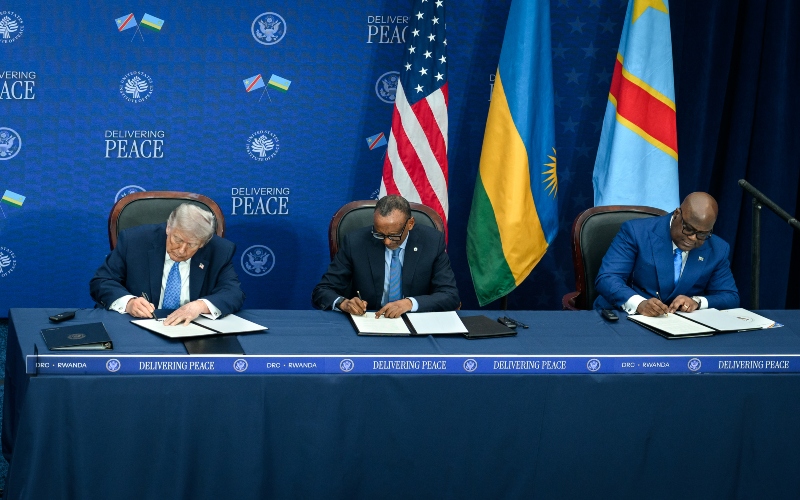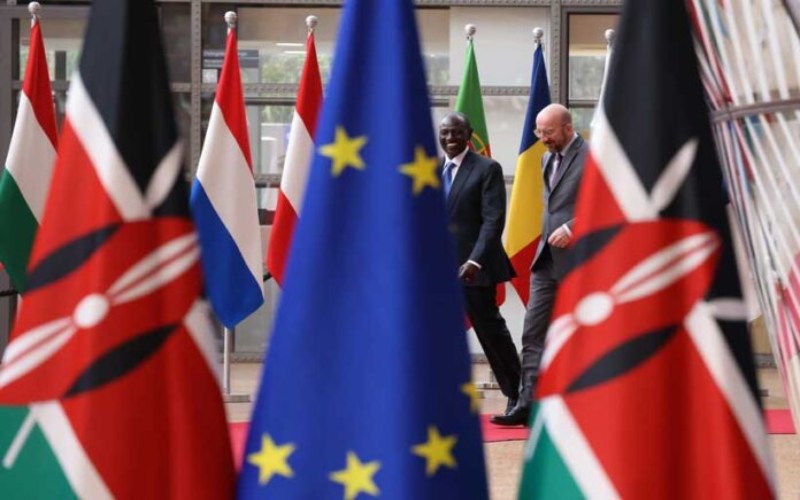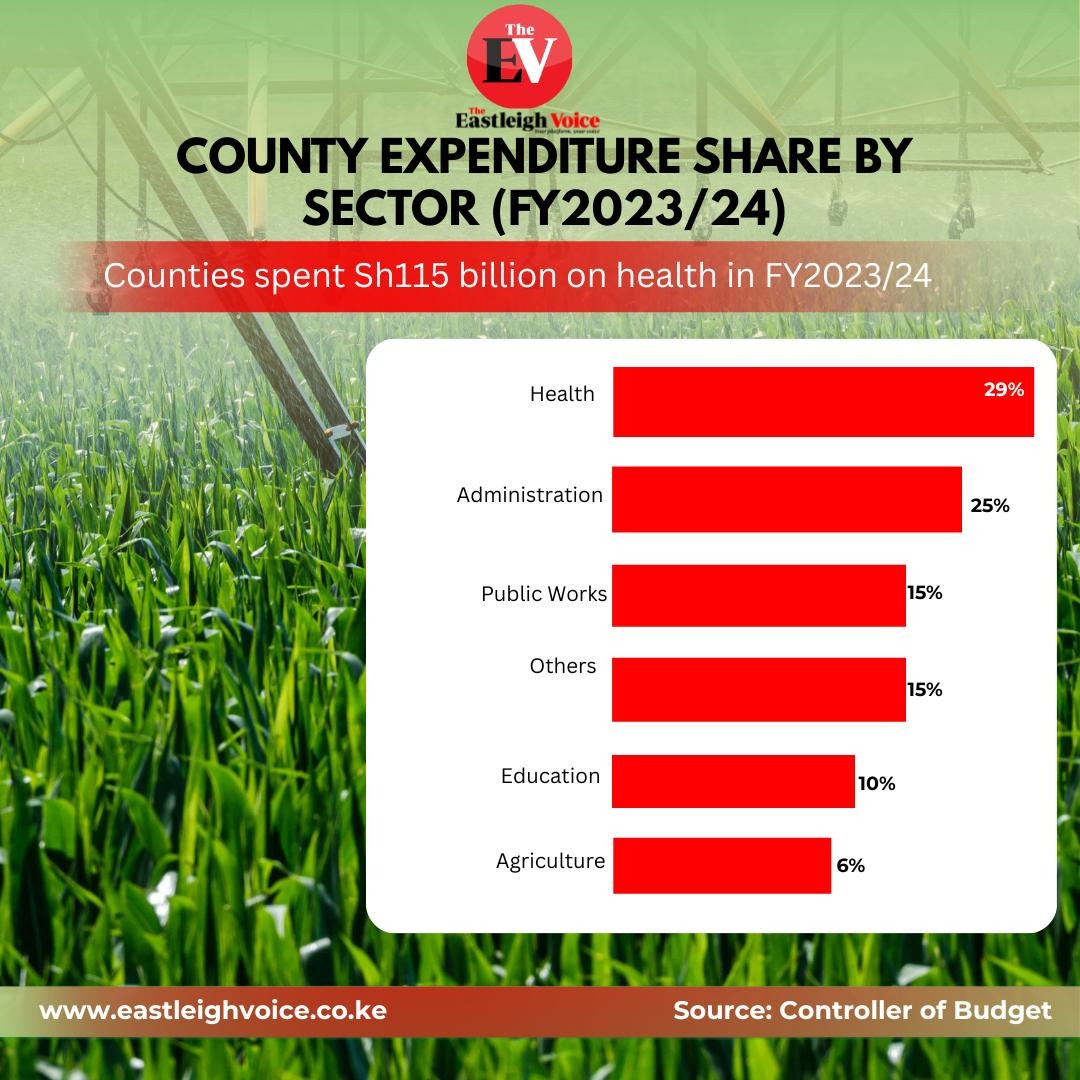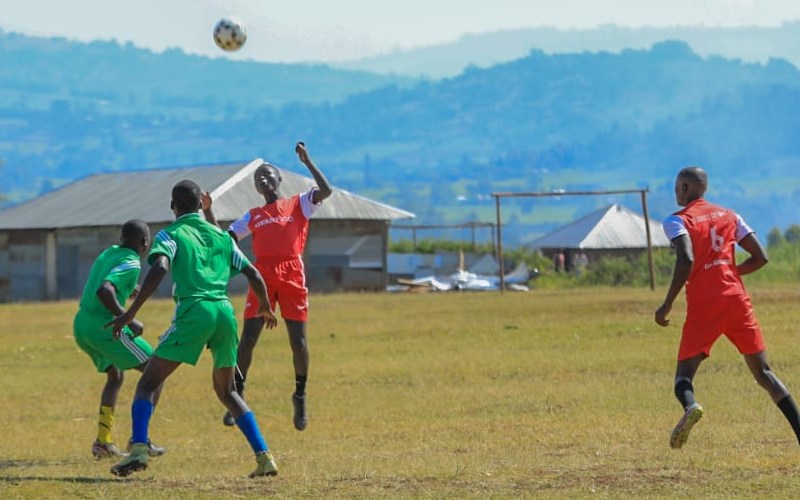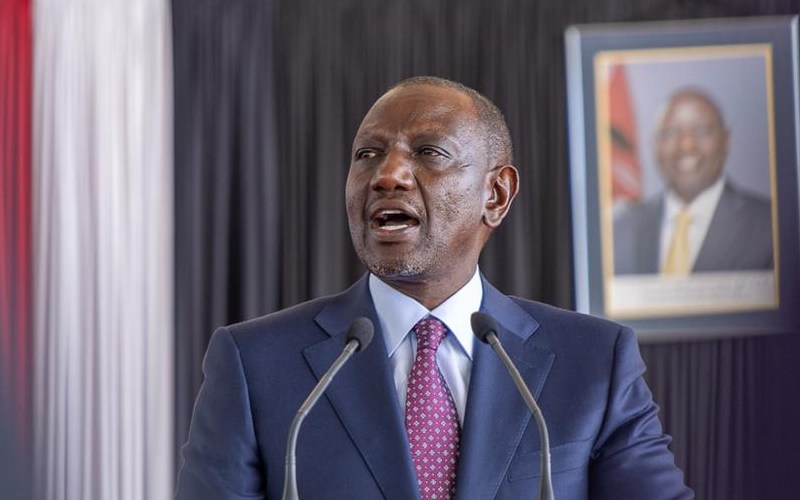North eastern leaders plead with MPs not to pass ‘discriminative’ law on revenue formula
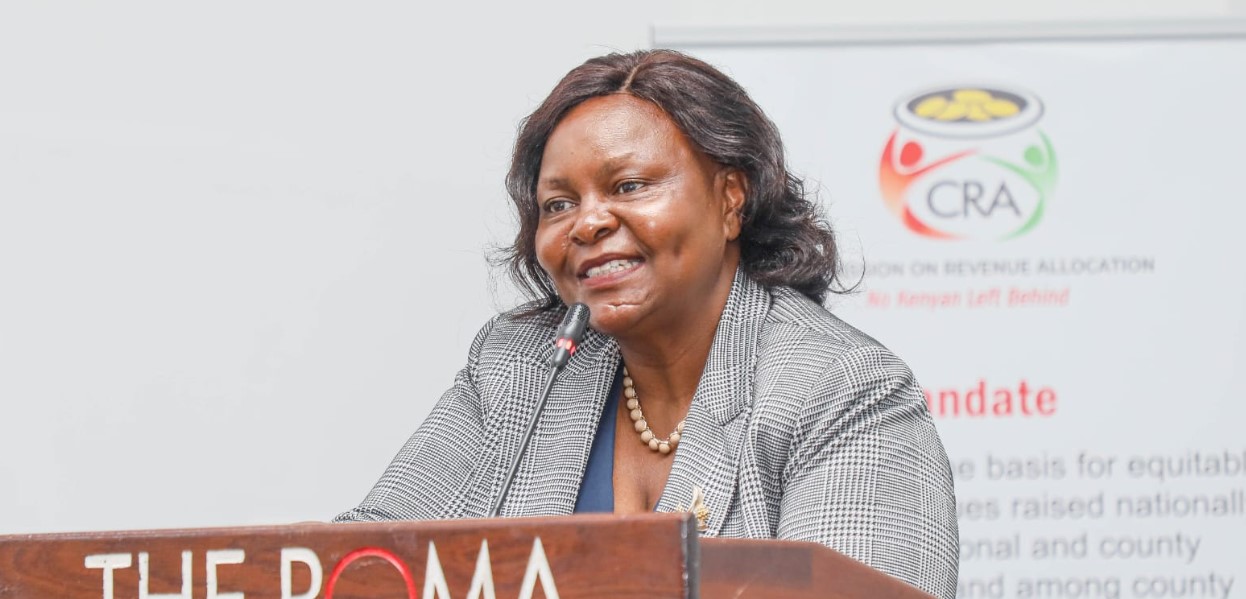
The new framework will dictate revenue sharing among the counties for five years, from 2025-26 to 2029-30.
Leaders from the north eastern region on Friday pleaded with their colleagues from other parts of the country not to give a nod to a new revenue-sharing formula proposed by the Commission on Revenue Allocation.
The new formula could lead to disagreement among lawmakers since it gives preference to population, which mirrors the divisive one-man-one-shilling proposal.
More To Read
- CoB: Billions in potential revenue lost amid weak enforcement in counties
- Bill expanding Senate's powers sparks debate over oversight, budget control
- Kenya's oversight bodies crippled by underfunding, government disregard, report reveals
- North Eastern cancer cases hit 2,437 since 2023, leaders link surge to suspected nuclear waste dumping
- Counties face centralised revenue control under new Treasury regulations
- Senators vow to block revenue formula slashing funds for 21 counties
Speaking to The Eastleigh Voice, former Mandera Senator Billow Kerrow led other voices from north eastern Kenya in raising their concern about the new formula they described as discriminatory.
"This kind of revenue-sharing formula is a clear indication that we still have politics of entailment. This formula undermines the concept of devolution and should be opposed vehemently," said Billow.
In his view, population is not the only factor that should be considered in distributing national resources since other parts of the country have been marginalised since Kenya's independence.
"For instance, Mandera County itself is twice the size of Central Kenya. It is therefore unfair to give it the same funds with counties that have not been historically marginalised," said Kerrow.
His views were supported by Mandera South MP Abdul Haro who argued that the only way to ensure that equity is felt in the country is to use a formula that puts into perspective other factors such as land mass and not only population.
"We must be careful not to marginalise the north eastern region further by pushing for a revenue-sharing formula that will disadvantage other parts of the country," said Abdul.
The commission has given more weight to population, despite spirited opposition by leaders from less populous and marginalised counties.
Tana River Senator Danson Mungatana said attempting to push a formula that is largely dependent on population is selfish.
Economic segregation
"It is unfortunate because it is an attempt at the continuation of economic segregation of areas in this country that are arid and semi-arid," he said.
In the formula that now awaits the approval of Parliament, CRA has fronted five parameters, down from the current eight, and varied their weights.
"The framework for sharing revenue among the county governments is based on two objectives: to share revenues equitably to facilitate service delivery and to address economic disparities and promote development among county governments," CRA chairperson Mary Chebukati said.
According to the formula, which will determine how counties share revenue from the 2025-26 financial year, CRA has assigned population the biggest weight at 42 per cent.
In the current formula, the population weighs 18 per cent.
Geographical size has been given a weight of nine per cent, up from the current eight.
This means if the allocation to counties remains at Sh387.42 billion, as is in the current financial year, counties with a large landmass such as Turkana, Mandera Wajir and Garissa will lose a substantial chunk of their current allocation.
However, in a bid to avoid backlash, CRA proposes that allocation to counties be increased to Sh417.42 billion to ensure that none gets less than what they received in the current financial year.
"In implementing the Fourth Basis, a cushioning and stabilisation factor has been inbuilt in the framework to ensure no county government will get less than what they were allocated in the financial year 2024-25," Chebukati said.
The statement is an admission that any lower allocation to counties will hit the sparsely populated regions hard.
Interestingly, the national government has never allocated counties the amounts proposed by CRA, with the Treasury always advocating for lower figures.
In the current financial year, CRA had proposed an allocation of Sh407 billion but the executive slashed it to Sh380 billion before being enhanced by Parliament to Sh387.42 billion.
In the proposed CRA formula, an equal share has been given a weight of 22 per cent from the current 20, while the weight for the poverty index has been retained at 14 per cent.
"To facilitate service delivery, the recommendation provides for an equal minimum allocation across all counties, using population and geographical size of a county as the key transfer parameters," Chebukati said.
The CRA has introduced the income distance index and assigned it a weight of 13 per cent.
"To address economic disparities and promote development, the framework uses income distance and poverty parameters as measures of inequality among county governments."
The new framework will dictate revenue sharing among the counties for five years, from 2025-26 to 2029-30.
Top Stories Today

